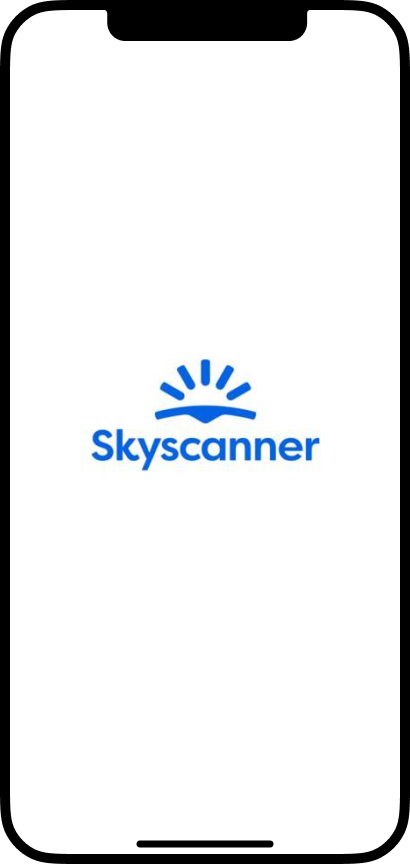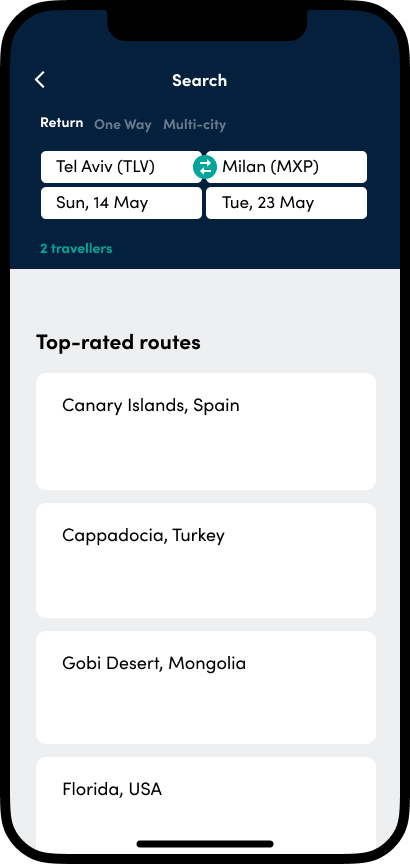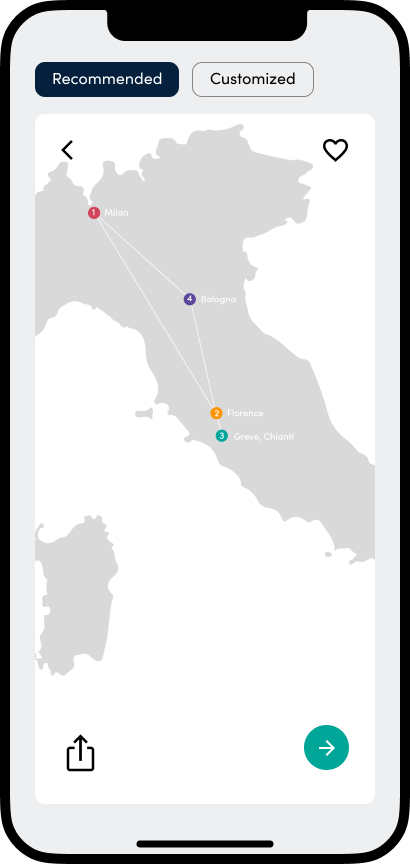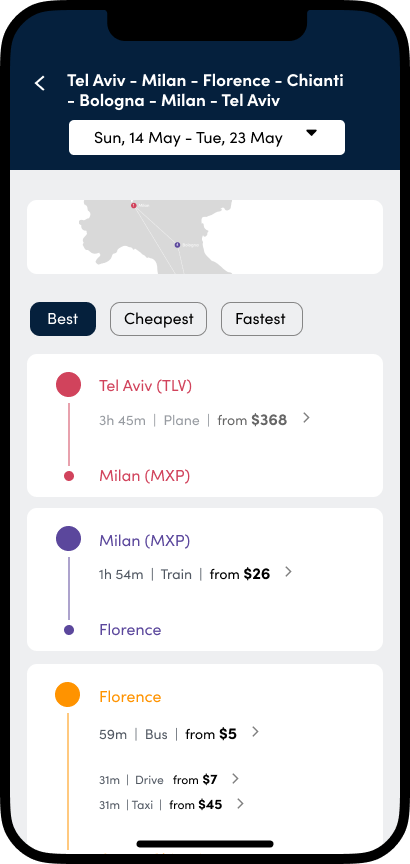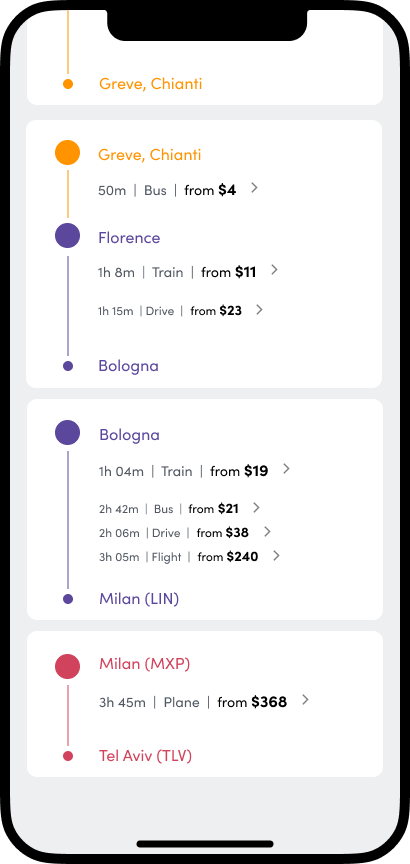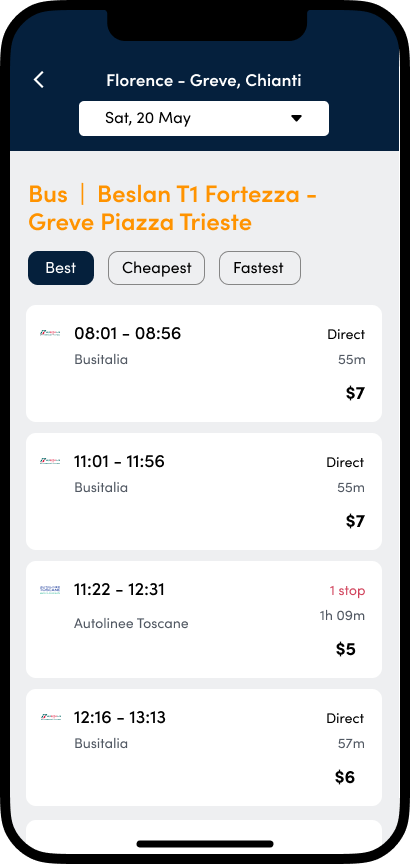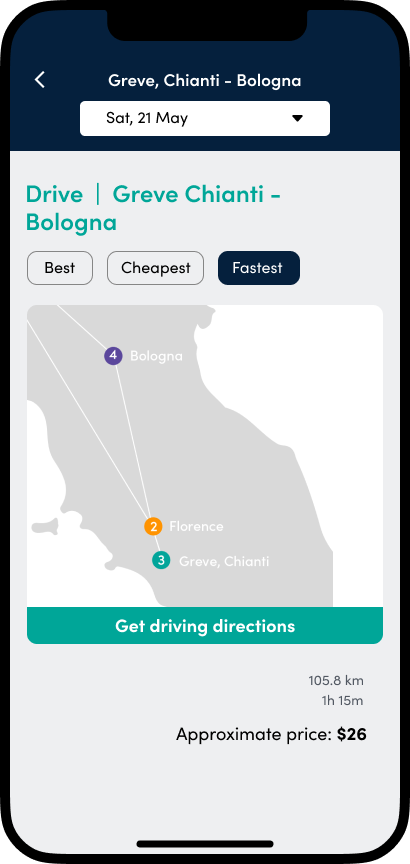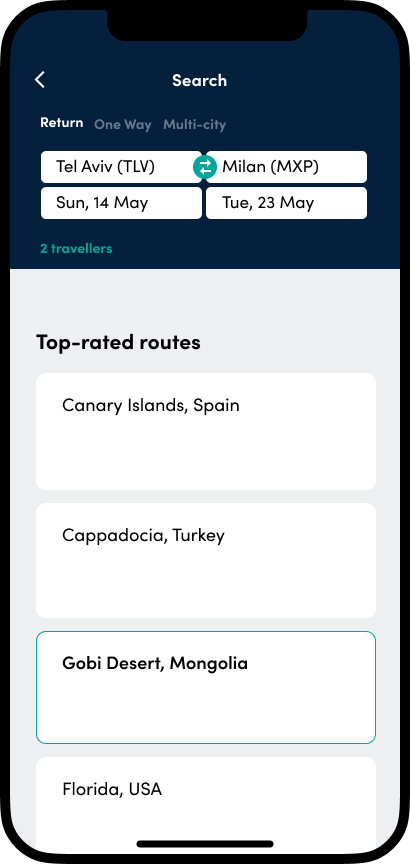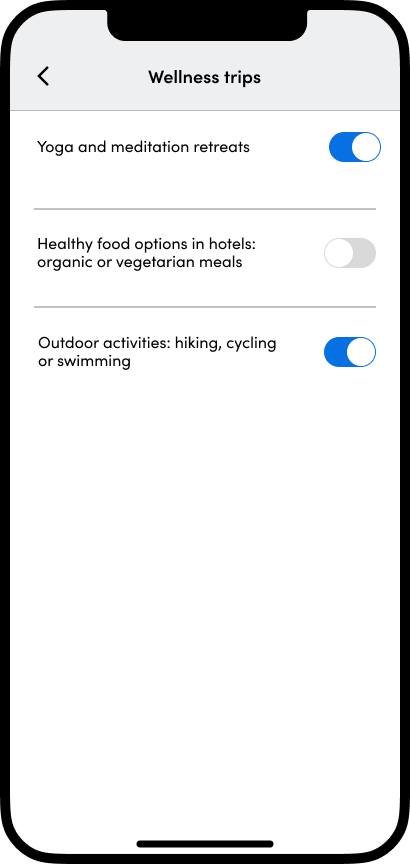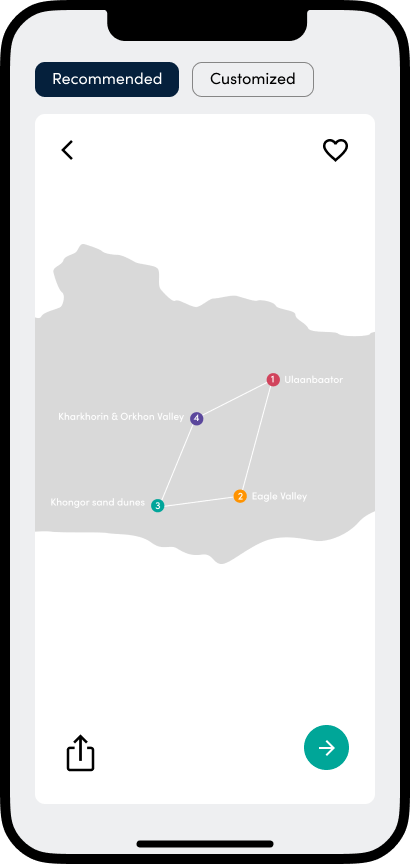INTRODUCTION
SkyScanner is a popular travel search engine and mobile application that allows users to search and compare flights, hotels, and car rental prices from various travel providers across the globe. Though there are some trip planning tools to help users plan their travel itineraries such as receiving price alerts to their mail, getting tips from the travel blog, etc. it does not currently provide a tool to plan the route of a trip.
MY ROLE: Concept and research, UX and UI
TOOLS: Figma, Illustrator
THE CHALLENGE
+ Creating a trip planning tool within a Skyscanner application
+ Creating a seamless integration with existing features such as flight search, booking and price comparison.
+ Designing an intuitive and user-friendly interface
+ Creating a seamless integration with existing features such as flight search, booking and price comparison.
+ Designing an intuitive and user-friendly interface
USER RESEARCH
As part of my research, I conducted interviews with a range of users, including those who use Skyscanner, as well as users of other travel applications such as Google Maps and Rome2rio, and those who consult different travel guides, such as Lonely Planet. I also spoke to users who use Skyscanner in conjunction with other tools. Through these interviews, my aim was to gain a deeper understanding of their needs and expectations from the system.
USER NEEDS AND EXPECTATIONS
+ Search
Users would expect a wide range of destination options, including both popular and lesser-known places.
+ Customization
+ Customization
Users would expect setting rich filters and criteria for their roots such as type of accomondation,
activity around, local cuisine and cultural experience. They would like to customize their route based on their preferences, such as adding or removing destinations and changing the order of stops.
+ Inspiration
+ Inspiration
Users would expect the tool to provide inspiration and ideas for their route. This could include suggested routes based on popular destinations, local events, or trending travel themes. Users might also expect the tool to provide information on points of interest along the route, such as attractions, landmarks, and dining options.
+ Integration
+ Integration
Users would expect the tool to integrate seamlessly with other Skyscanner features, such as flight and hotel search. This would allow users to easily book their travel arrangements directly from the route planning tool.
+ Collaboration
+ Collaboration
Users would expect the ability to collaborate with others, family and friends on their route planning. This could include the ability to share the route with others.
+ User-Friendly Interface
+ User-Friendly Interface
Users would expect a user-friendly interface that is easy to navigate and understand. The tool should be designed to be intuitive and visually appealing.
PAIN POINTS
+ Limited resourses to plan and book travel
+ Time-consuming and overwhelming planning process
+ Difficulty discovering new and off-the-beaten-path destinations
+ Time-consuming and overwhelming planning process
+ Difficulty discovering new and off-the-beaten-path destinations
+ Difficulty to come up with an itinerary that meets users needs
+ Lack of collaboration and coordination with others
+ Difficulty to navigate via a complicated interface leads to frustration
+ Difficulty to navigate via a complicated interface leads to frustration
GAIN POINTS
+ Discovering new and exciting destinations to explore
+ Easy and efficient trip planning process
+ Ability to customize itinerary based on preferences and schedule
+ Easy and efficient trip planning process
+ Ability to customize itinerary based on preferences and schedule
+ Option to save and share itinerary with other family members for easy collaboration
+ Easy to stay within the budget
+ Users are in control of the planning process, leading to a positive experience
+ Users are in control of the planning process, leading to a positive experience
PERSONAS
DESIGN
